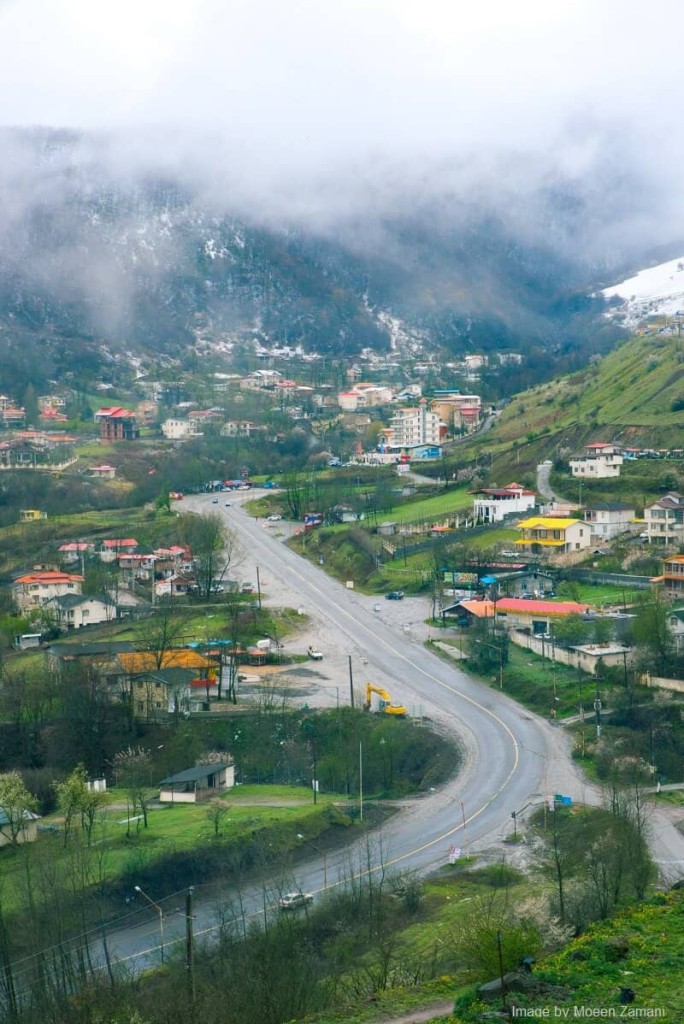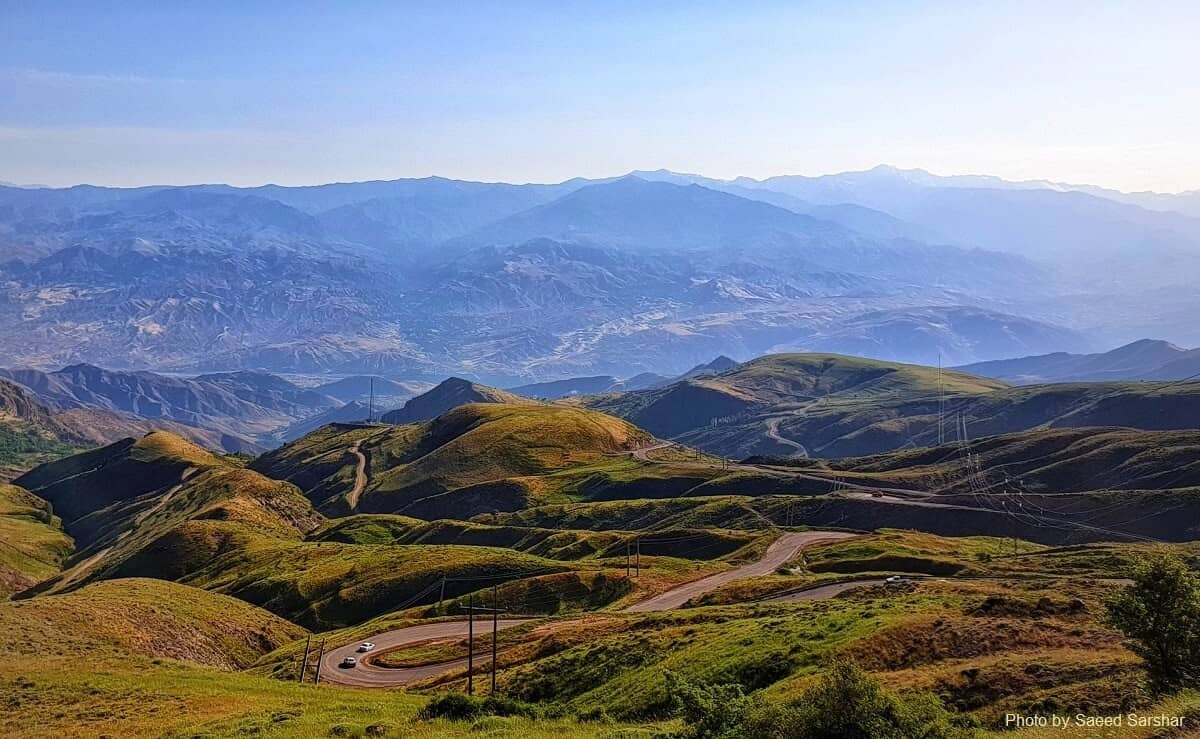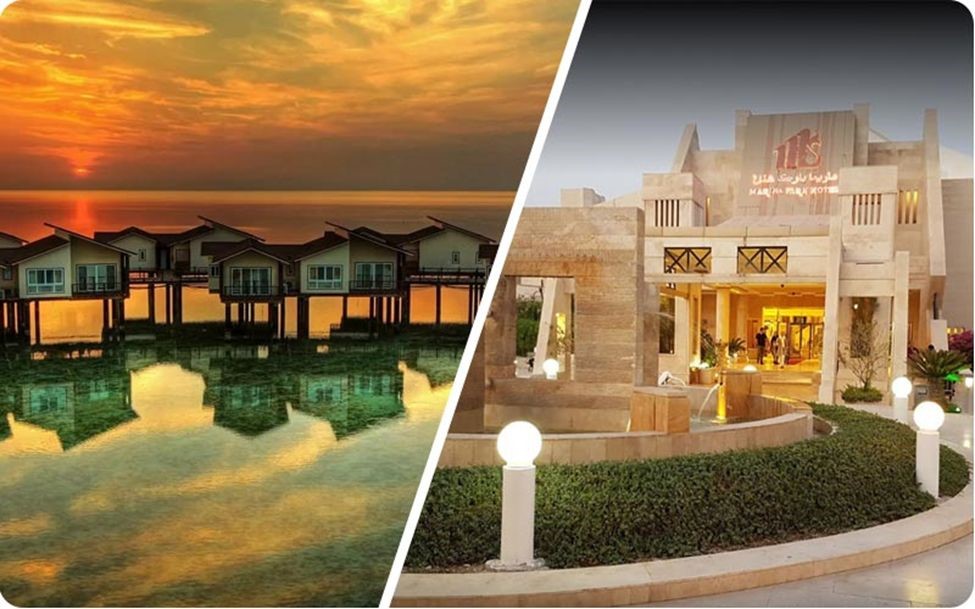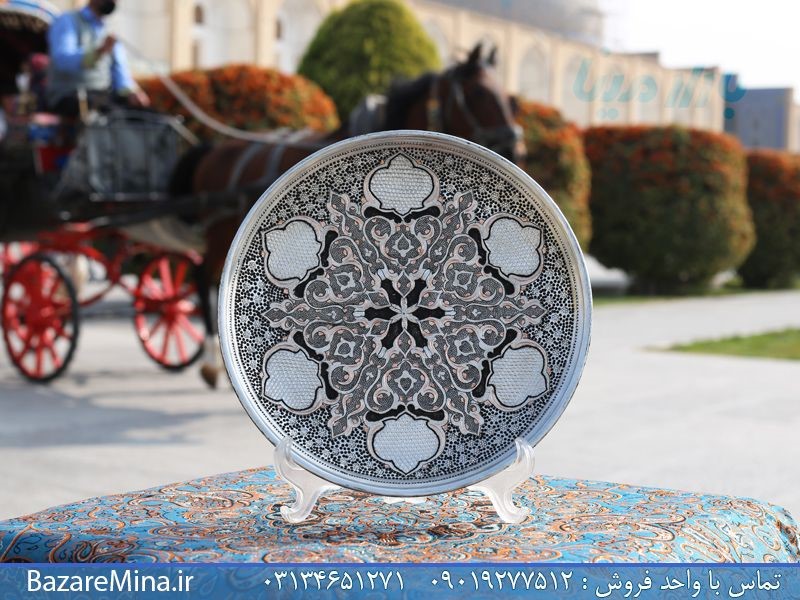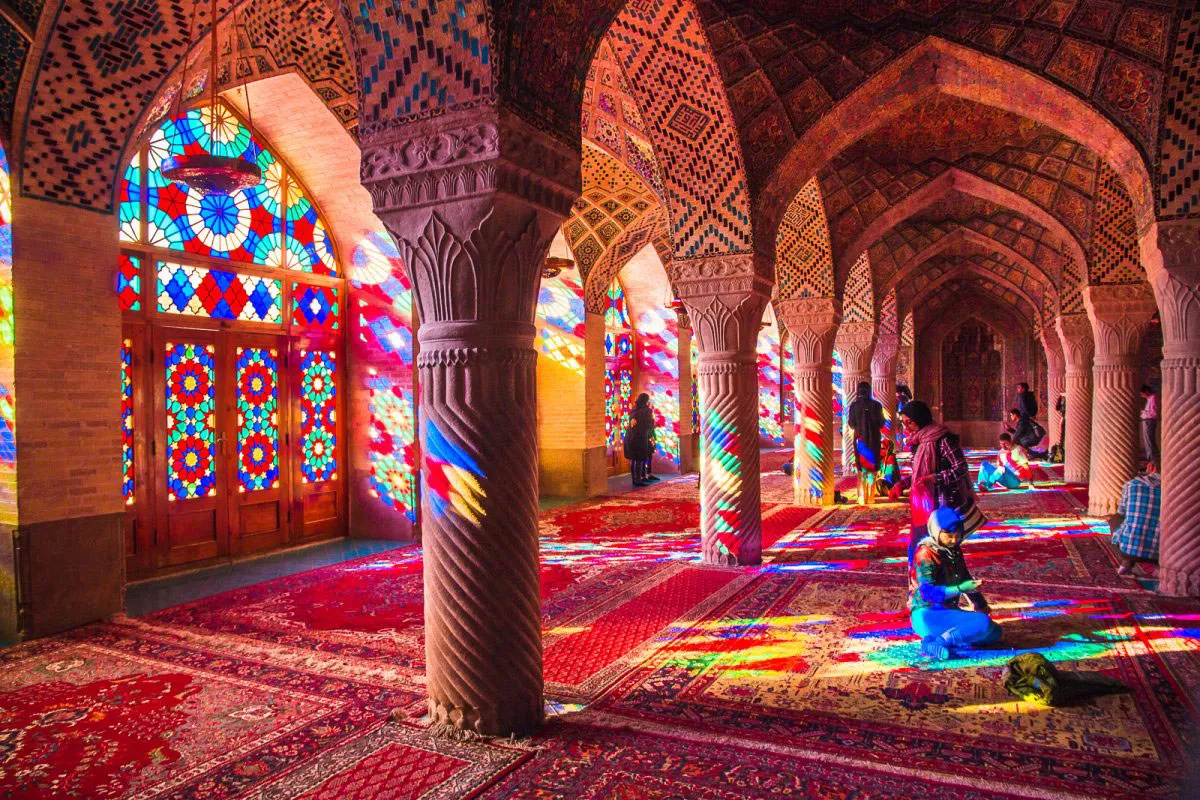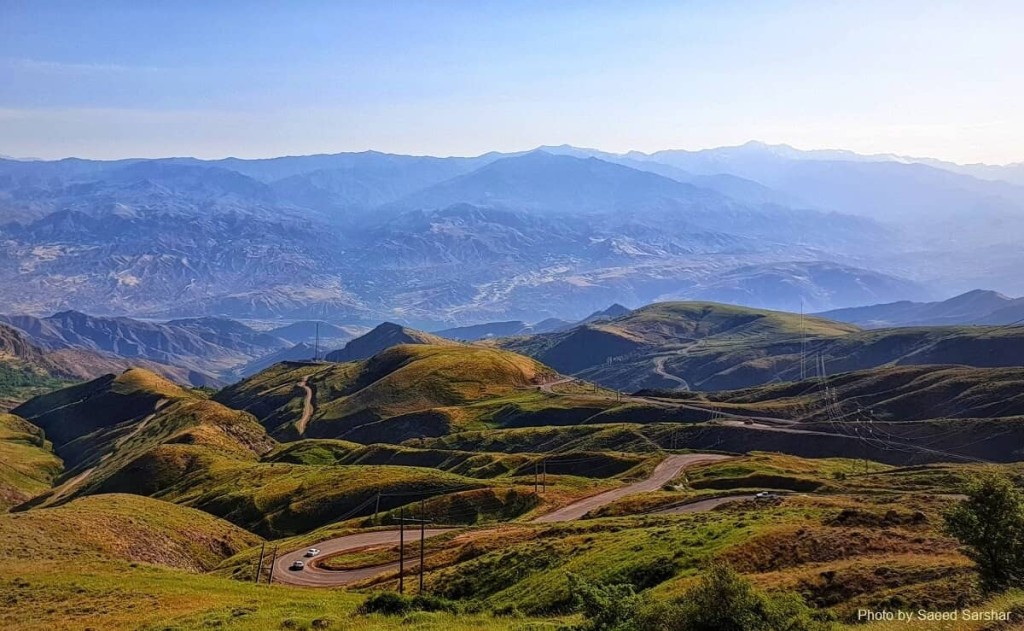
According to “Destination Iran” and following the “International Drivers Association” website, If you are planning to travel across Iran, you need to have the proper documents. A driving license for Iran is one such requirement. Read more about it here.
Iran is a country that every traveler should have on their bucket list. It’s a country of rich and deep history, diverse, complex and unique culture and everyone should visit and experience it.
However, due to the political system instituted in Iran, the country may seem foreign to those who aren’t used to it. This is no reason for you not to come to Iran as a tourist. It’s just important that you’re aware of the local laws and customs and that you adhere to them.
How to Dress?
One of the most noticeable restrictions to consider when traveling to Iran is the dress code. Women are expected to wear a headscarf and it’s important to prepare a few before you enter the country. There are countless options out there and there’s no restriction when it comes to color or materials.
The clothes should be loose-fitting and you should wear long sleeves at all times as well. Other than that, there are no restrictions to worry about – Iranian women are rather fashionable and the fashion choice varies from elegant to streetwear depending on where you’re going.
How to Drive?
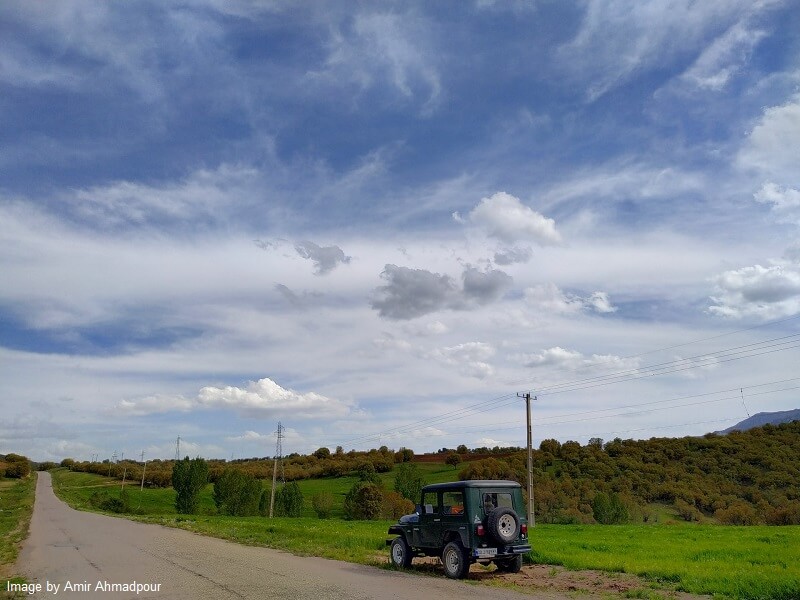
To drive your own car, you’ll need an international driving license for Iran. It’s a document allowing you to drive and rent a vehicle as long as you have your national driving permit with you as well. The document is issued by the same authority that issues national driving licenses.
The license is valid for a year or until your national driving license expires, whichever comes first. You’ll have to follow local traffic laws and you can get a fine just as a local would if you’re speeding or not wearing a seatbelt.
Pay in Cash
The only way to pay for goods and services in Iran is to use cash. The country is excluded from international markers and therefore SWIFT payments can’t be accepted. Make sure to exchange your national currency at an authorized exchange shop as soon as you arrive and you’ll be good to go.
Some cities also offer tourist cards with which you can pay for things, so you don’t have to carry too much cash with you. The card is issued by a bank and there are some additional fees for using it. For the most part, Iran is safe for tourists and there’s no need to worry about having cash on your person as long as you’re careful as you would be in any other country.
Two Local Currencies
It’s often said that there are two currencies in Iran – Toman, and Rial. That’s not technically true – Rial is the official currency. Toman is just a super unit of it since one “Toman” is 10. Rials. The measure was introduced to make dealing with inflation easier and is somewhat confusing to a first-time visitor.
Chances are that vendors will sometimes just state the price without specifying which of the units they are talking about. If you’re confused, it’s best to ask. One US dollar is worth around 280,000 Rials, but the rate fluctuates.
VIP Buses
VIP buses are a service many western tourists aren’t familiar with, but they are quite common in Iran. The buses are used to drive the tourists from one town to another, and they are quite comfortable and easy to use.
If you plan to explore some of Iran’s famous historic and cultural sites, on a guided tour, using VIP buses to get from one city to another is probably the best way to go if you’re not renting a car. Using your own vehicle gives you more of a freedom to get off the track and explore on your own, however.
Entrance Fees
Tourist attractions charge entrance fees and it’s best to prepare an additional budget for them. The attractions are worth seeing and there’s a reason why so many tourists are drawn to them.
There’s no tourist card that will cover a tour of the most famous attractions (such as Persepolis, Nasir Mosque, or Sheikh Lotfollah Mosque in Isfahan), and paying individual entry fees can add up to quite a lot. For the most part, you’ll need about 200.000 (approximately $8.00) to cover the basics.
Local Foods
There’s a great diversity in cuisine in Iran and tourists find foreign and international chefs in most restaurants and hotels. However, it’s best to experience local cuisine while you’re in Iran since it’s delicious and a chance to learn about local culture first hand.
Local dishes to try out include dizi –meat and bean stew, which has been a staple of Iranian food for centuries if not more; Zereshk Polo Morgh, a chicken and rice dish made with saffron and tomatoes; and faloodeh a cold dessert made out of starch and rose water. Don’t hesitate to explore street foods as much as the local restaurants.
